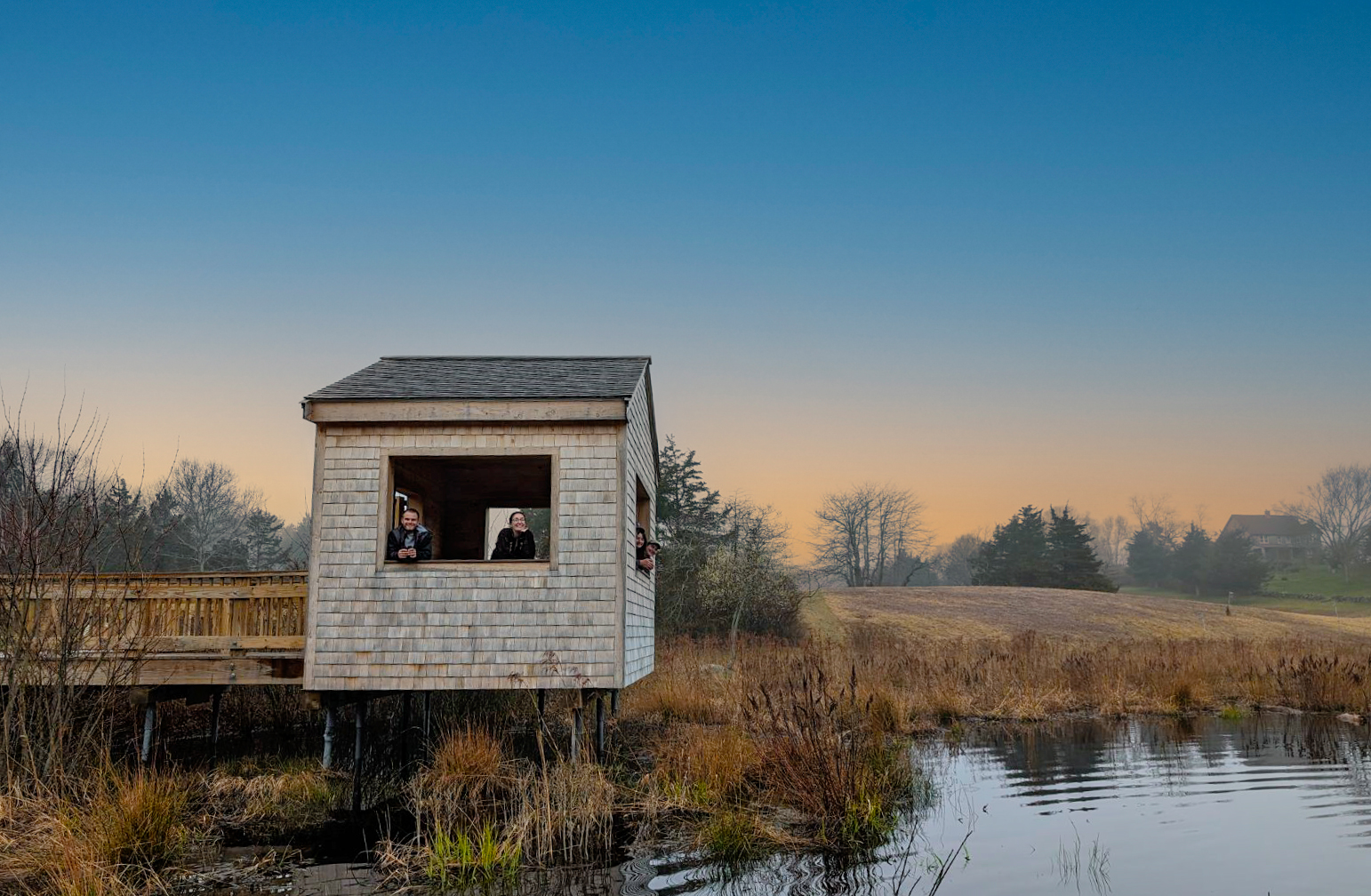By Monica Iglecia, Assistant Director, Shorebird Habitat Management
In late May 2016, Brad Winn, Brian Harrington, and I hosted a “Shorebird Ecology, Conservation, and Habitat Management” workshop in Chaplin, Saskatchewan, in collaboration with Nature Saskatchewan, the Chaplin Nature Centre, and the University of Saskatchewan. While we were there, the flock of Red Knots and Black-bellied Plovers were restless—it felt as though the slightest change in wind direction would send them aloft on the next breeze up to the arctic breeding grounds.
As each day passed, the number of arctic-breeding shorebirds in Saskatchewan dwindled as the tundra continued to beckon them on their journey northward. Among the 450 Red Knots we encountered, we sighted two birds with colored flags on their upper legs. Both birds had been flagged by David Newstead of the Coastal Bend Bays and Estuaries Program in coastal Texas, highlighting the connectivity between the central coast of the United States and inland lakes and wetlands in the prairie pothole region of the northern United States and Canada.

A pair of Upland Sandpiper forage along the edges of Chaplin Lake, Saskatchewan.
For some species, Saskatchewan is their breeding area. Some of the locally breeding shorebirds include Wilson’s Snipe, Willet, Upland Sandpiper, American Avocet, and Marbled Godwit. Each day we were there, they reminded us of their intent with their courtship flights, alarm calls, and by feigning broken wings to deter us from their nests.
Our Saskatchewan shorebird workshops featured field excursions and discussions that were focused on the Chaplin, Old Wives, and Reed Lakes Western Hemisphere Shorebird Reserve Network (WHSRN) site, but also included discussions about conservation across the Canadian prairie. The 35 workshop participants came from all three Prairie Provinces (Alberta, Manitoba, and Saskatchewan) and included University professors and students, as well as biologists and land managers from non-profits, provincial and federal agencies, and private consultants.
Among the group were seven individuals that Brian Harrington had met before. In May of 1999, they had attended a first-of-its-kind shorebird workshop in the Canadian prairies at the recently designated WHSRN site. Today, each of the returning workshop participants plays a significant role in bird conservation. I got the chance to talk with a few of them about their experiences since the last workshop and their motivation to attend another workshop 17 years later.

From left to right: Brian Harrington and returning workshop participants Michael Barr, Barbara Hanbidge, Jordan Ignatiuk, Clem Millar, Lori Wilson, Alan Smith, and Andrew Hak.
Michael Barr attended the 1999 shorebird workshop as an avid bird enthusiast and Ducks Unlimited Canada biologist after working with Environment Canada to lead the charge on the nomination of Beaverhill Lake as a WHSRN site, the first and only in Alberta. Michael says he came to the 2016 workshop to reinvigorate and “up his shorebird game.”
In his current capacity as the North American Waterfowl Management Plan Coordinator in Alberta, Michael said he is in a position to elevate shorebird conservation and to help move people to action. Michael stated that the workshop made him re-inspired by shorebirds and that “Manomet brings the needed energy and gravity of the status of shorebirds to managers and biologists through their workshops.”
Barbara Hanbidge had never seen a Red Knot before her attendance at the 1999 workshop. She said the workshop gave her the skills to identify shorebirds and recognize their habitats. Since then, Barbara has influenced wetland management in ways that benefit shorebirds in Saskatchewan throughout her career with Ducks Unlimited Canada—an important contribution given that the province is losing 10,000 acres of wetlands each year. Barbara said she returned for a second workshop in 2016 to learn more and to stay connected with the latest in shorebird conservation efforts.
Today, Barbara is a Provincial Policy Specialist in Saskatchewan and a longtime resident near Chaplin Lake. After the workshop in 1999, Barbara introduced her family to shorebirds through the Chaplin Nature Centre, including her 96 year-old mother-in-law who had lived her entire life in the region, but had never known that these international travelers (shorebirds) were right in her own backyard.
The workshop participants that we met this spring in Chaplin, Saskatchewan, included conservation professionals of a variety of ages and stages in their careers. It was a pleasure to meet them all, from the students to the seasoned professionals. We all have much to learn from each other as we work to conserve our shared shorebirds across international boundaries. It was a remarkable experience to reconnect with the individuals that have committed themselves to the conservation of the wetlands and lakes of Saskatchewan and to meet some of the next generation ready to learn and to make a difference.





 Back to all
Back to all